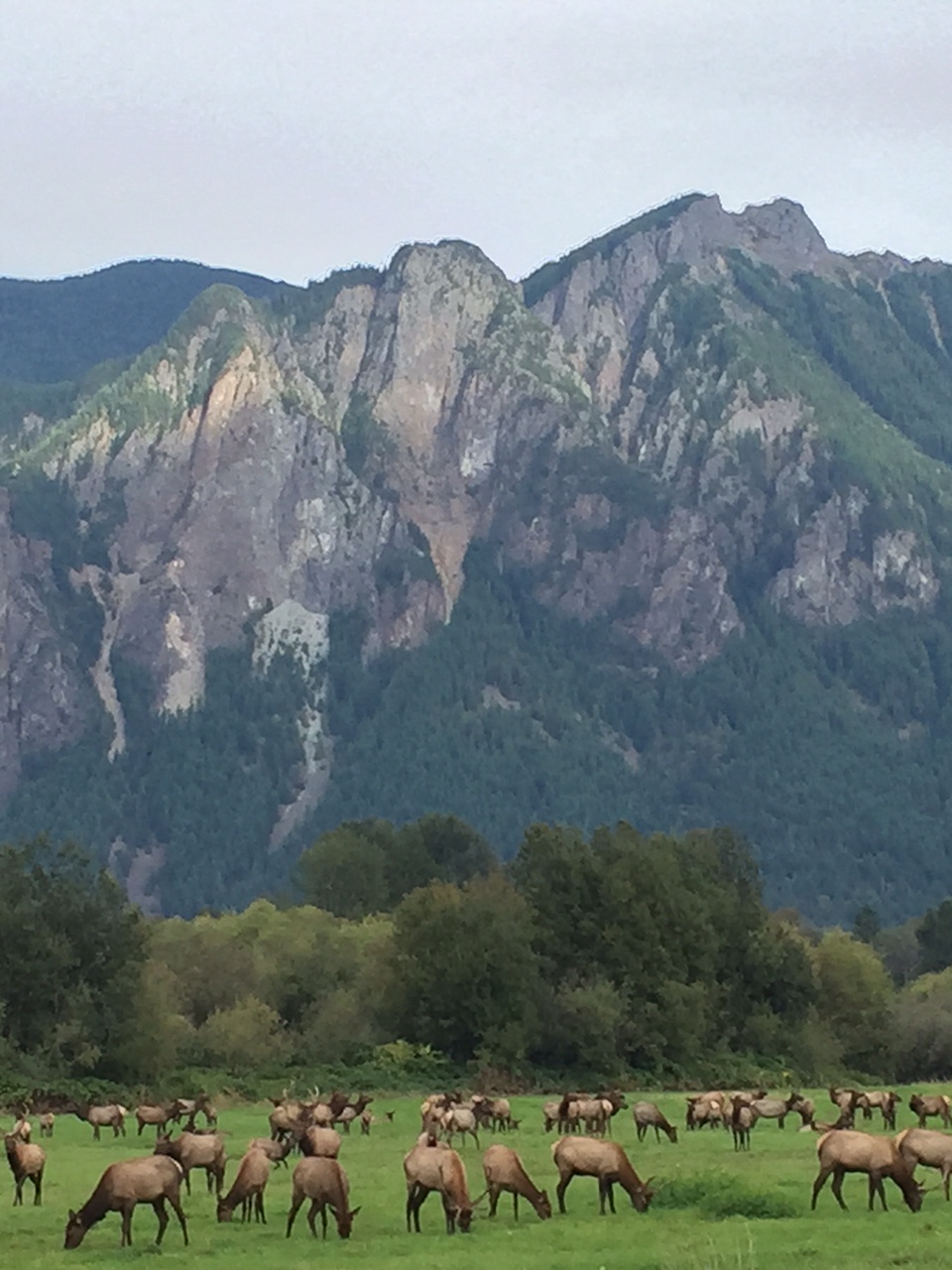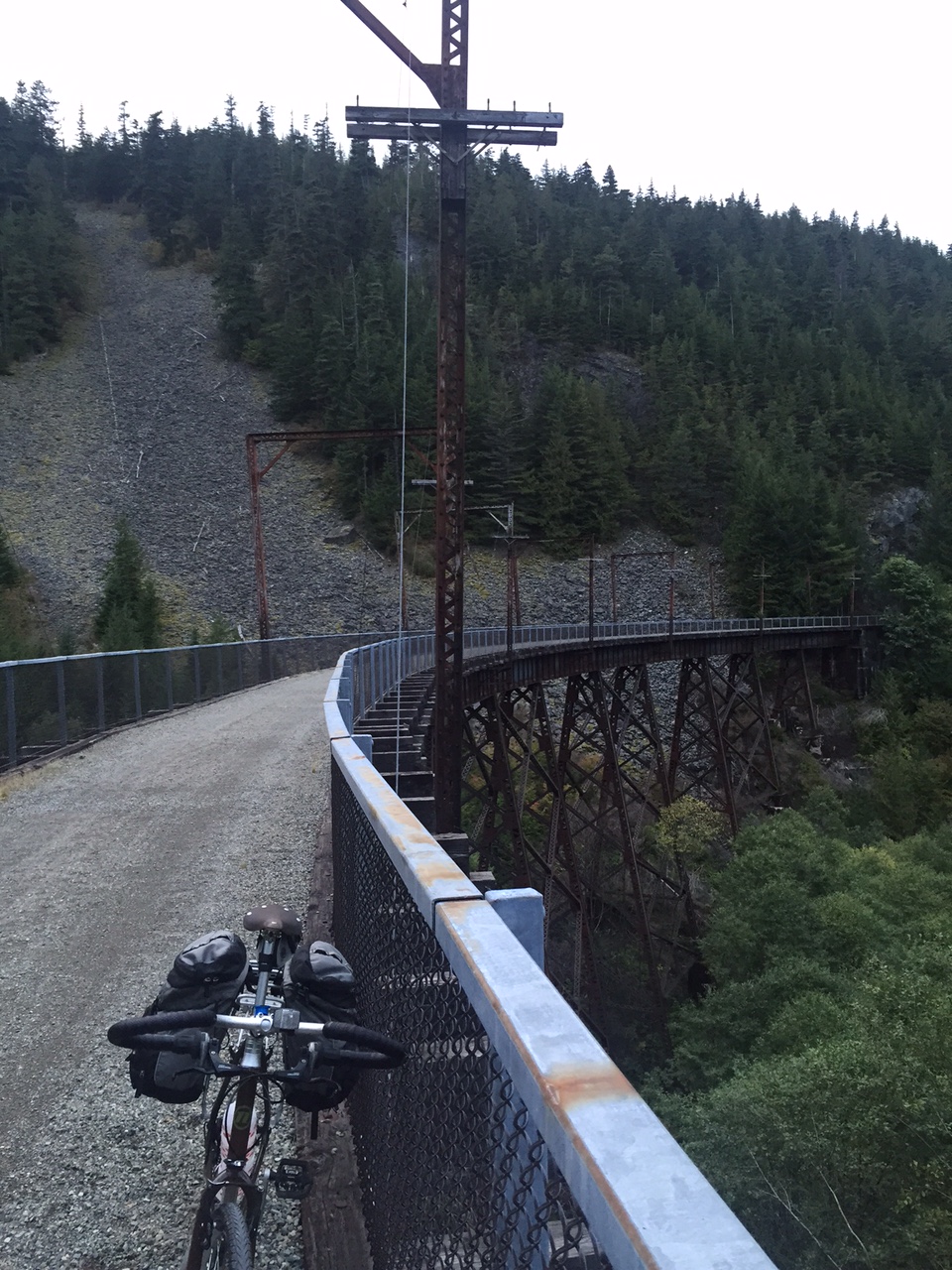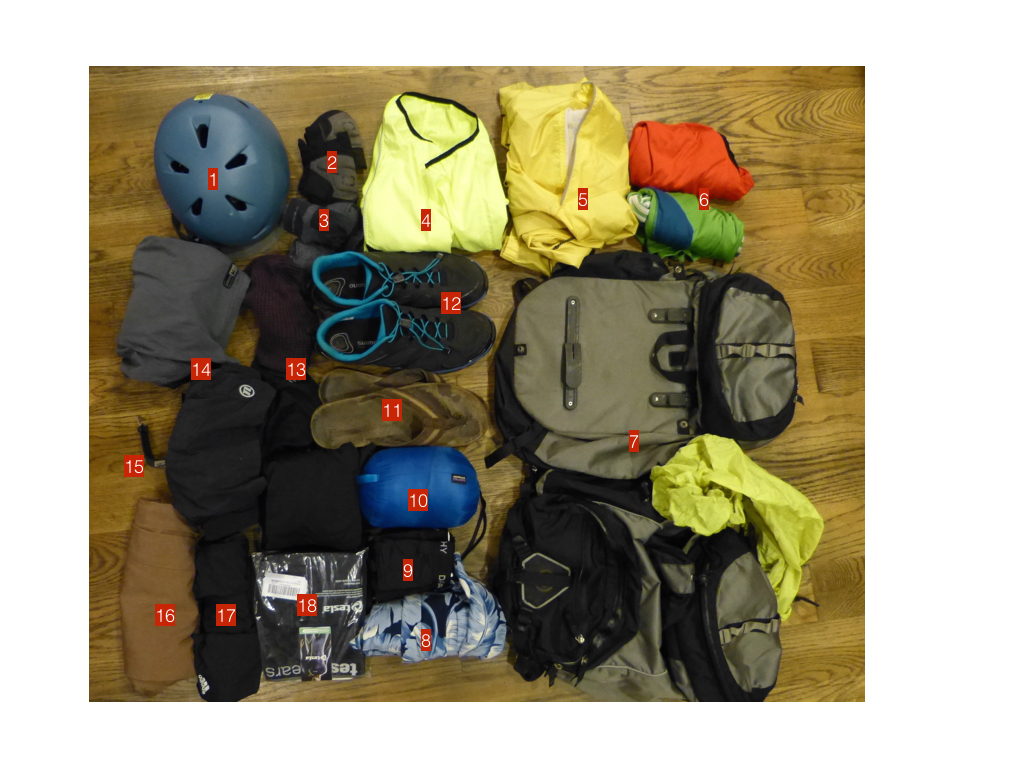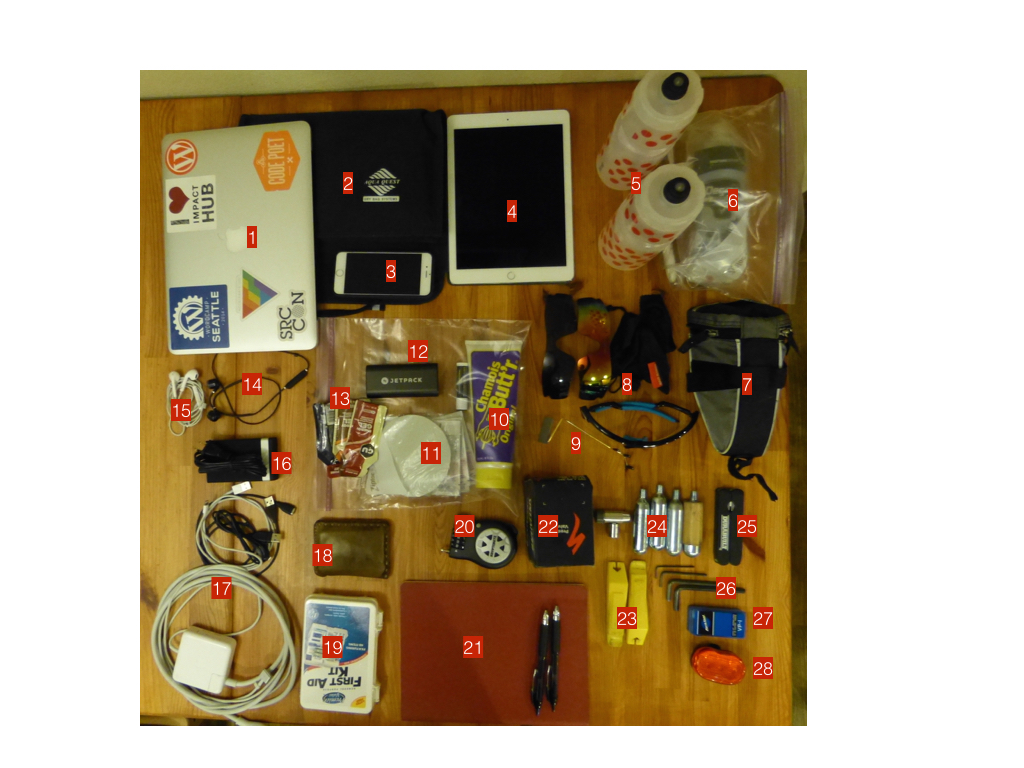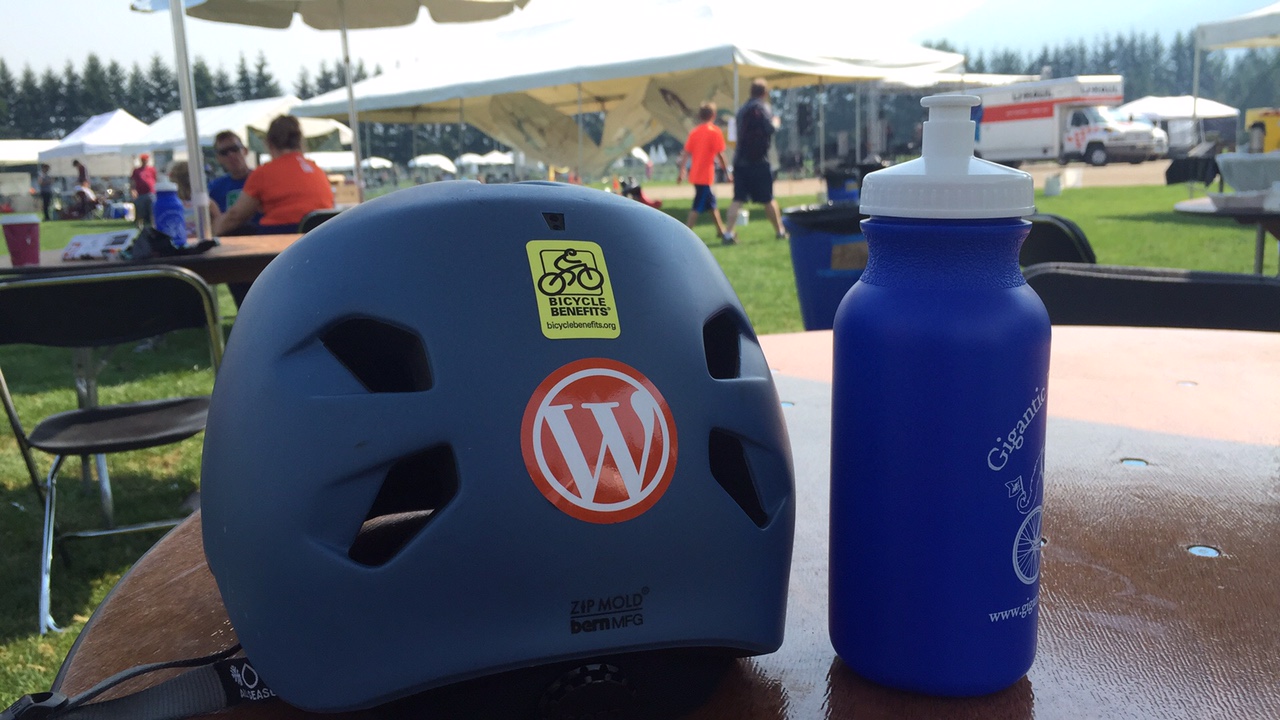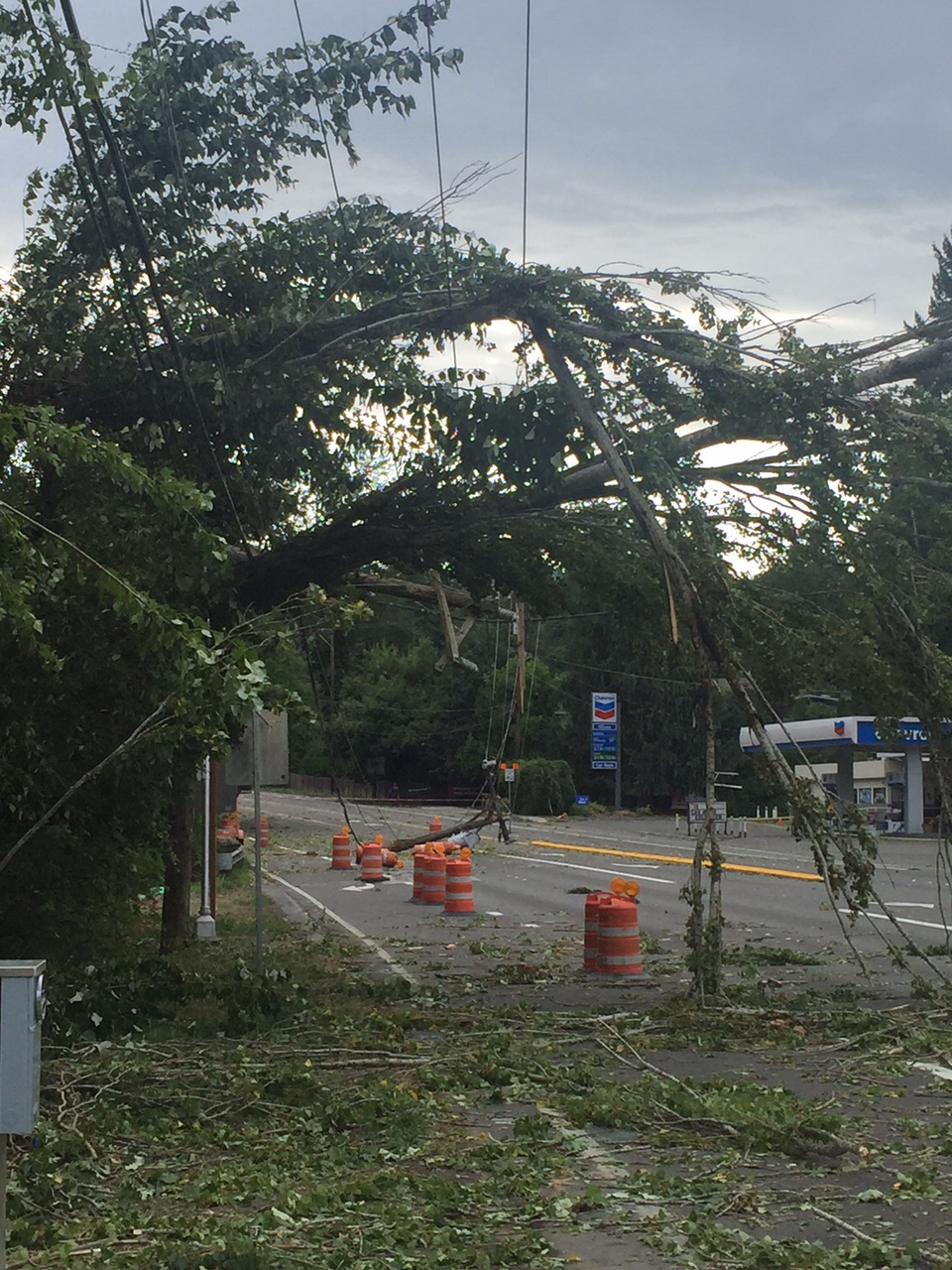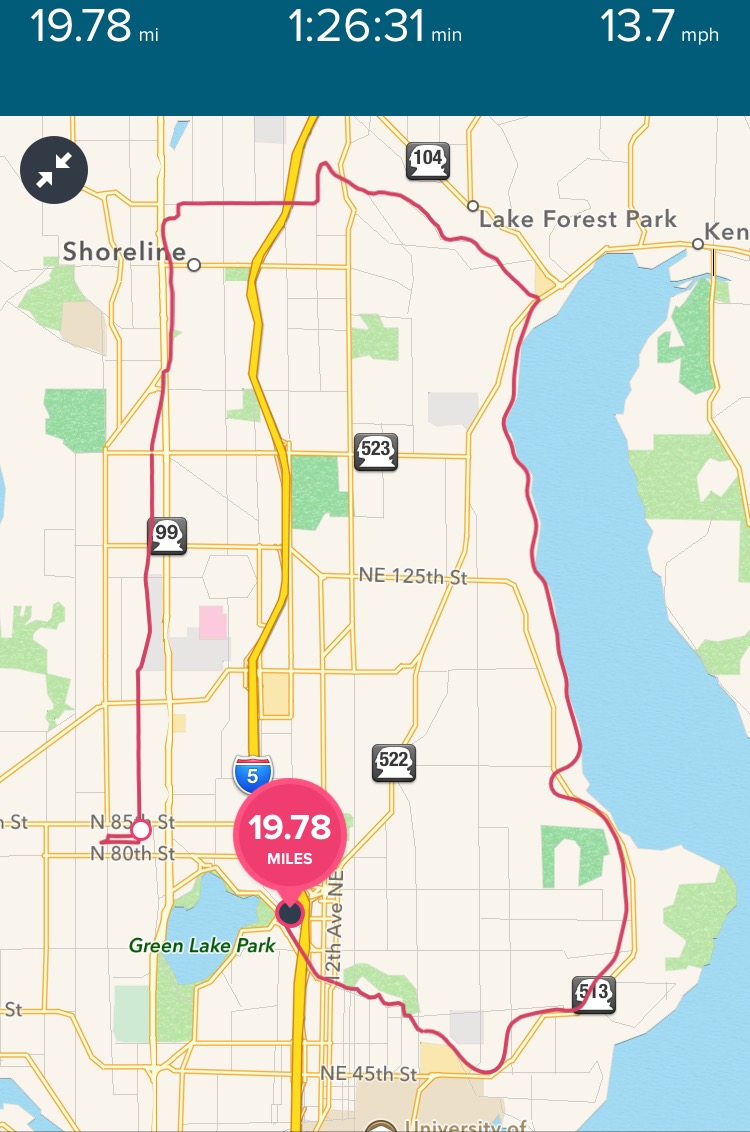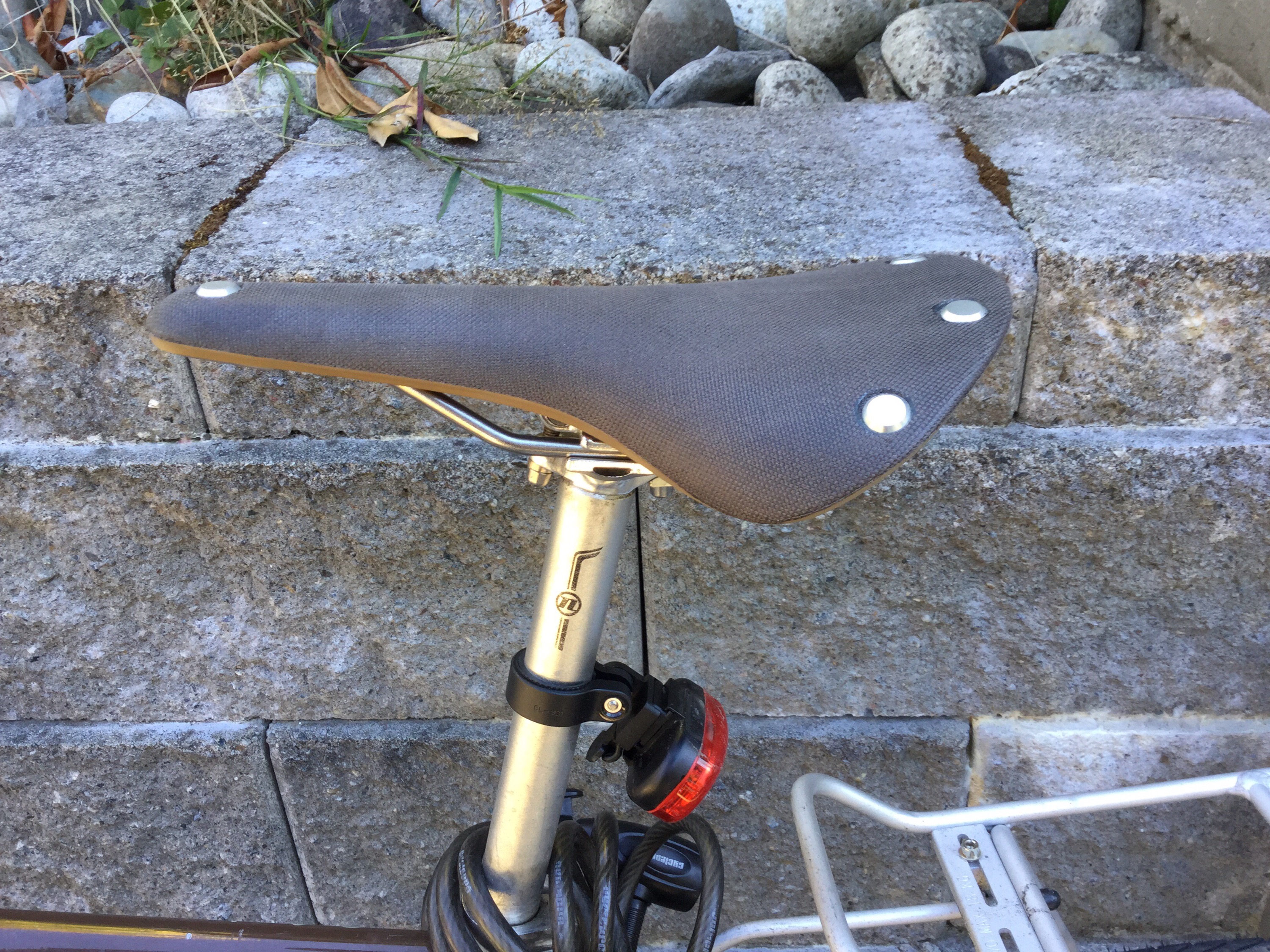This past weekend I undertook my final warm-up ride before my big trip from PDX->SLC begins in less than a week. I tried to make it as realistic as possible — loaded bike, ~ 90 mile route. I even brought my technology along and worked for the day from Mercer Island, about 12 miles into the ride. Roughly speaking, my route took me from my house in North Seattle, down the shore of Lake Washington to the I90 floating bridge to Mercer Island, a somewhat one-percent-y suburban islet between Bellevue and Seattle. After working for 5-6 hours or so at a rather cacophonous Starbucks, I saddled up again and continued east towards the growing Cascades, passing through about 10 more miles of solid suburbs along a series of poorly-connected bike paths, until at last the hills grew into full foothills, the forest encroached and finally swallowed the mini-malls and I climbed toward the former resource towns/current-exurbs of Snoqualmie and North Bend. All except the very youthful may know these places as the backdrops for the epic but brief David Lynch series Twin Peaks. I know them as places with very poor bicycle signage … I ended up at one point riding across a private golf course to get to where I was going.
But it was worth it, since at the far end of North Bend I was greeted by a spectacular herd of elk grazing in the shadow of Mt. Si:
It was mating season, or at least that’s what I was able to conclude by the startling array of noises emanating from the male elk as they cantered around the open field. Several motorists stood outside of their cars at the side of the backroad next to the meadow, and I stopped my bike to join them, chatting with an amiable wireless-technology salesman as we watched the live-action nature film unfold in front of us. I soon realized it was getting late … and I had a mountain pass to climb and I was a good 1.5 hours behind schedule. So I left the elk, meadow and towns behind and headed for the real mountains. My next passage was up a steep and surprisingly busy spur road to and several miles back into the mountains to the trail head at Iron Horse State Park Trail. This state park is possibly the most unusual in the country — it’s over 150 miles long from end to end, but is at no point wider than about 100 yards. It’s composed entirely of a former railroad right-of-way of the old Milwaukee Road that traversed Snoqualmie pass and connected the Columbia Basin and Central Washington with Seattle and the Ocean. Now it’s an awesome bike/horse trail which winds up the pass at a gentle grade over trestles and through tunnels to the top of the pass.
I climbed and climbed, seeing almost no one for miles as I wound back into the gray mountains. Far below I could see the interstate chugging up the valley floor, a ribbon of red and white. The air grew cold [note to self: bring warm clothes on the trip], and the shade of the trees darkened and then became nearly black as the road dipped and wound up and up. It was quite dark when I reached my penultimate goal — the 2.5 mile tunnel that would take me through a mountain and out the other side to Snoqualmie Pass, where I would stay the night. I entered the tunnel, thinking of nothing so much as the back door to Moria in Fellowship, and pedaled in the dripping blackness over an even surface illuminated by my lamp and pocked by many icy puddles fed by drips from above. After a seemingly too-long time, I emerged at the far side, shivering but happy. It was deeply dark.
I passed the night at a rather run-down motel at the top of the 3,000 foot pass which served the ski area during the season and truckers during the off-season. I checked zendesk, but fell asleep almost immediately (mid-ticket.)
The next day I continued on the trail: down this time, through the rest of the mountain range and 30-miles on to the edge of the steppes of Central Washington. I followed the same railway road, straight east now, as it punched through the mountains and arrived at Cle Elum, the little town where Matt (my partner) and I would attend a wedding that afternoon. He had been gracious enough to bring a change of clothes for me and would also be around to make sure both of us and my bike made it back to Seattle the following day.
So — mission accomplished! 95 miles, one mountain pass, ~5000 ft climbing, no mechanical or other problems … I feel ready to do this!
